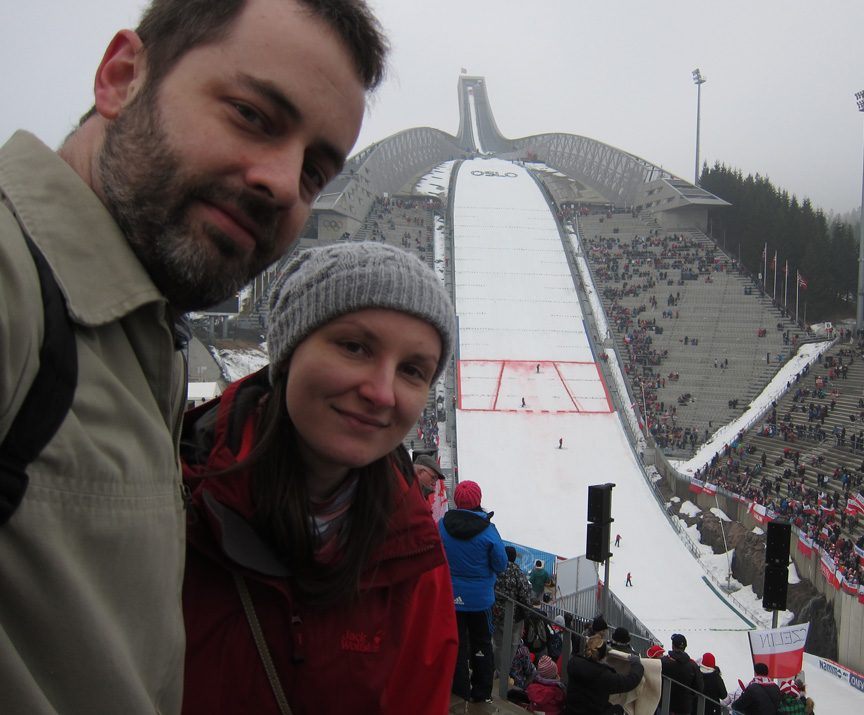Galyn’s Father’s Day Art Show went well. Unfortunately I was unable to go this year, but I do have a couple of pictures from it that I will share. Galyn’s Restaurant has a fine collection of art on display (one of the largest public collections in Maine) in the restaurant and I’ve got a couple of pieces in the collection. Its located in Bar Harbor and has a nice Maine Menu. Below are a couple of my paintings from the show; the Lobster Truck is not available, but the Evening Monhegan painting is available over at the Argosy Gallery now.
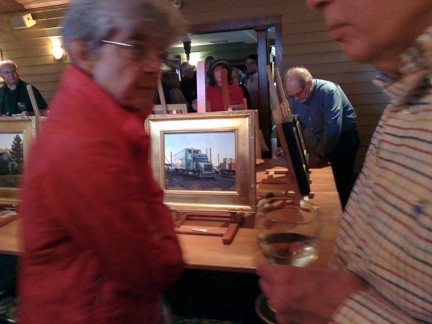
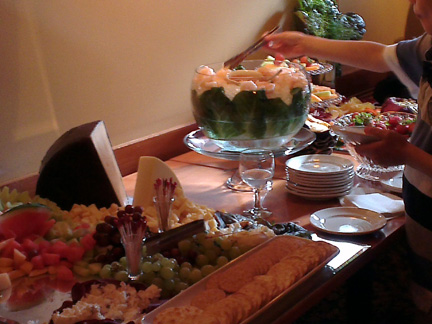
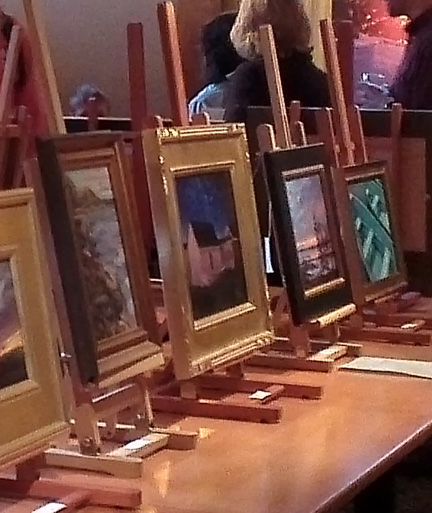
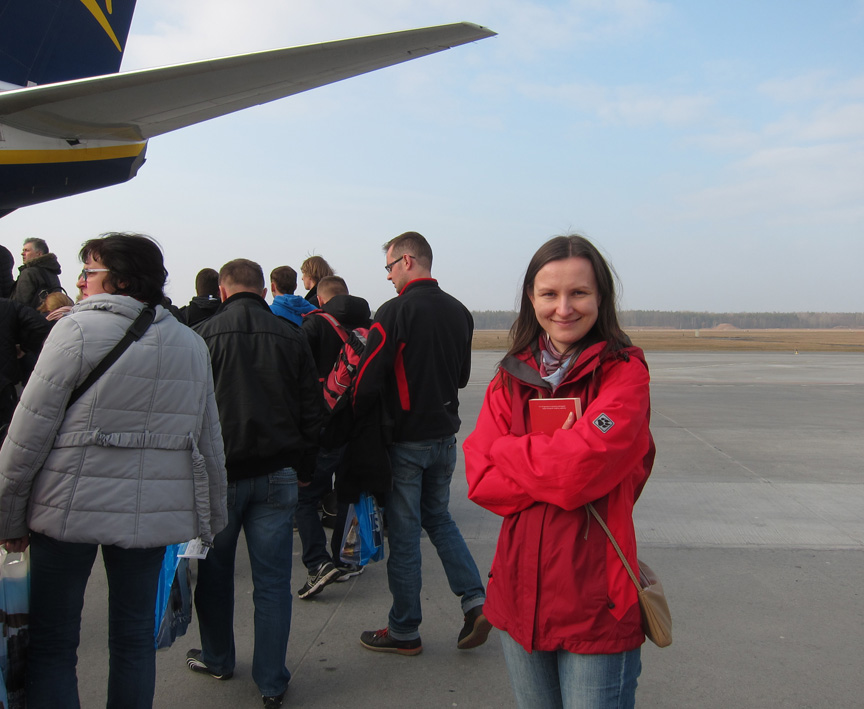 Boarding Ryanair flight out of Warsawrn
Boarding Ryanair flight out of Warsawrn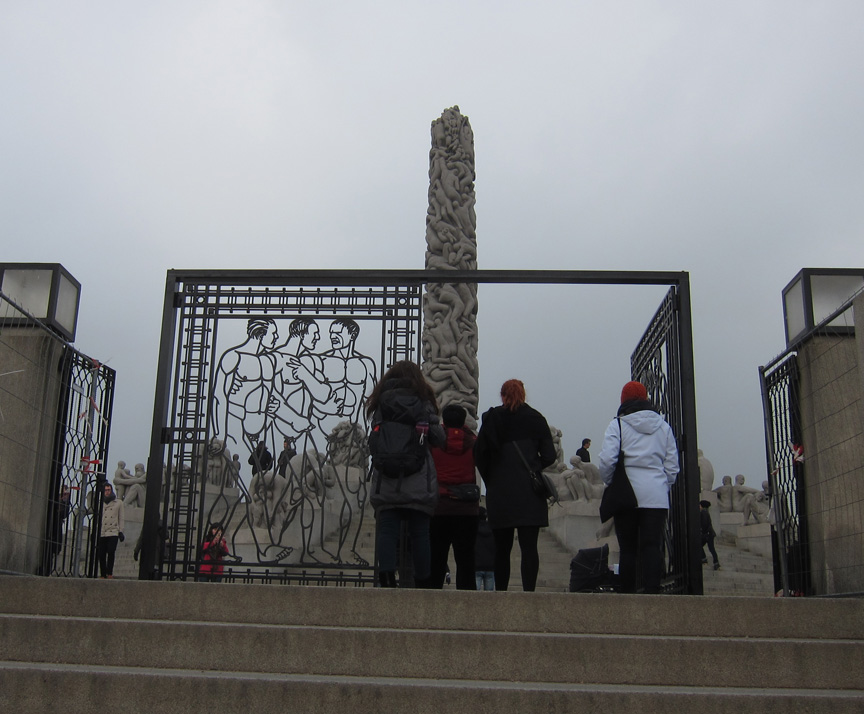 The Vigelandsparken Sculpture Parkrn
The Vigelandsparken Sculpture Parkrn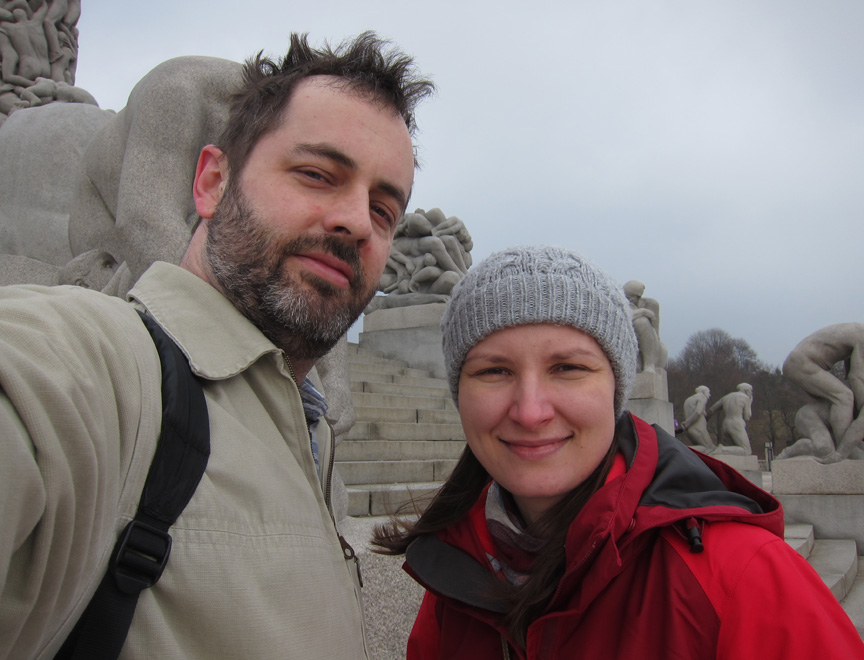 rn
rn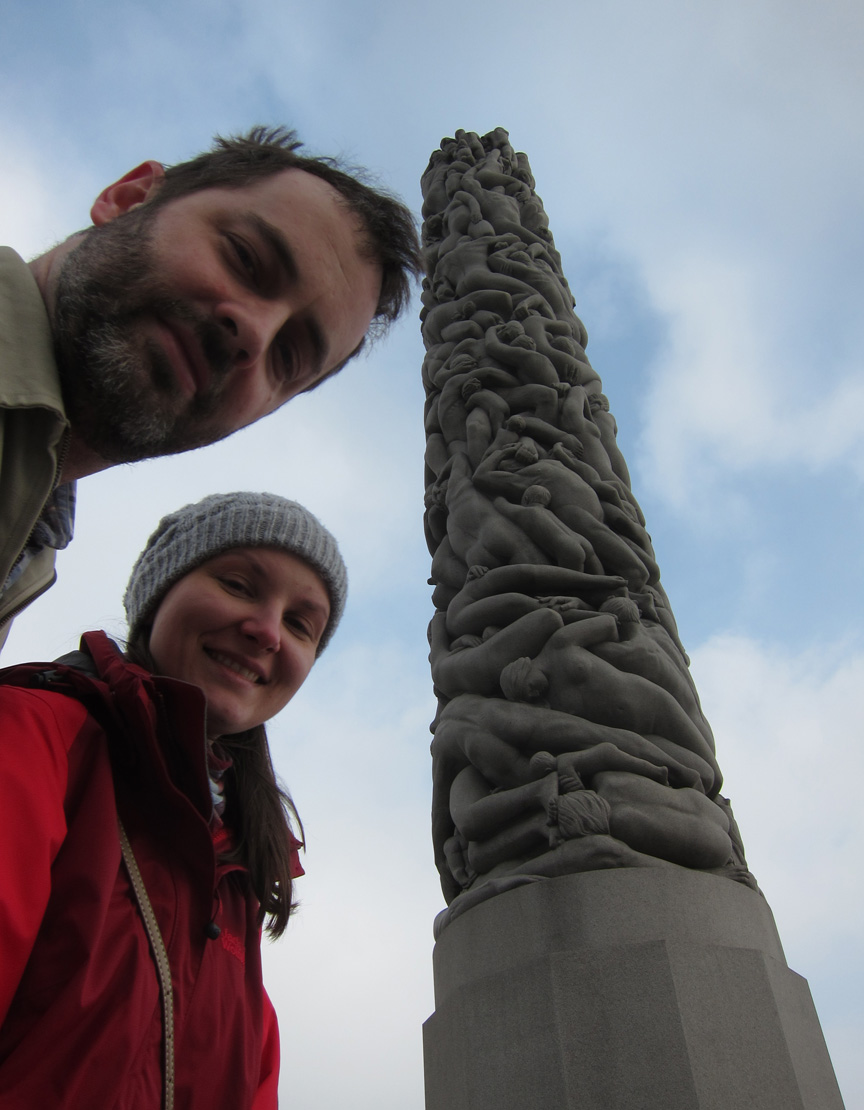 rn
rn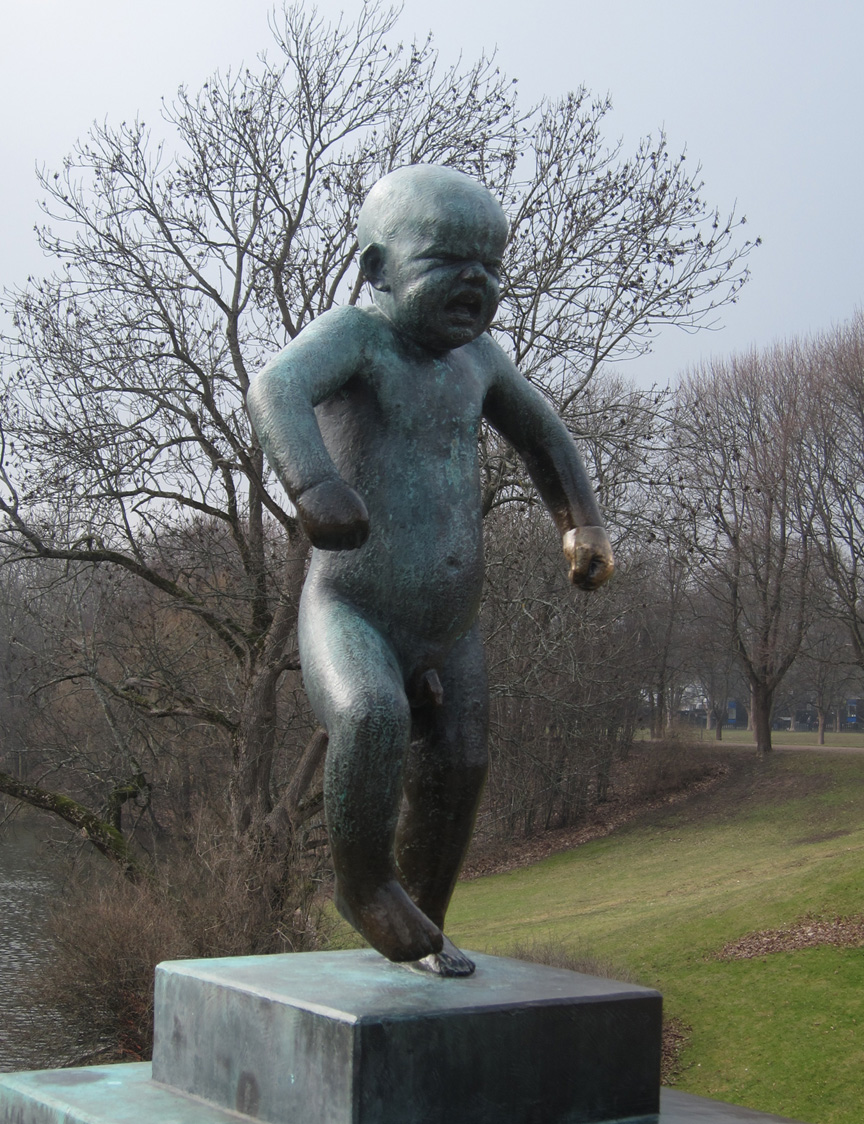 rn
rn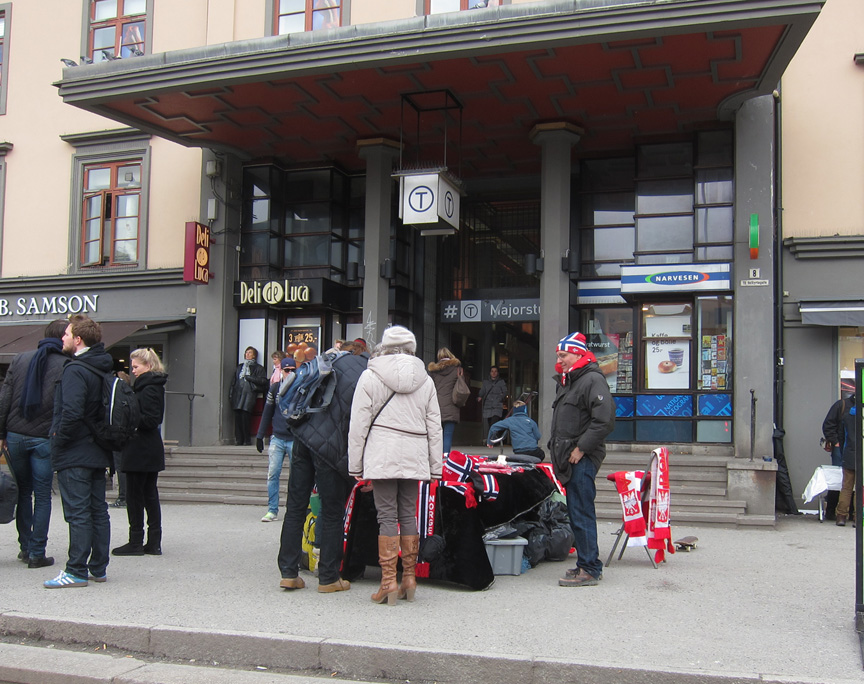 Street vendor in Norway selling Norwegian and Polish thingsrn
Street vendor in Norway selling Norwegian and Polish thingsrn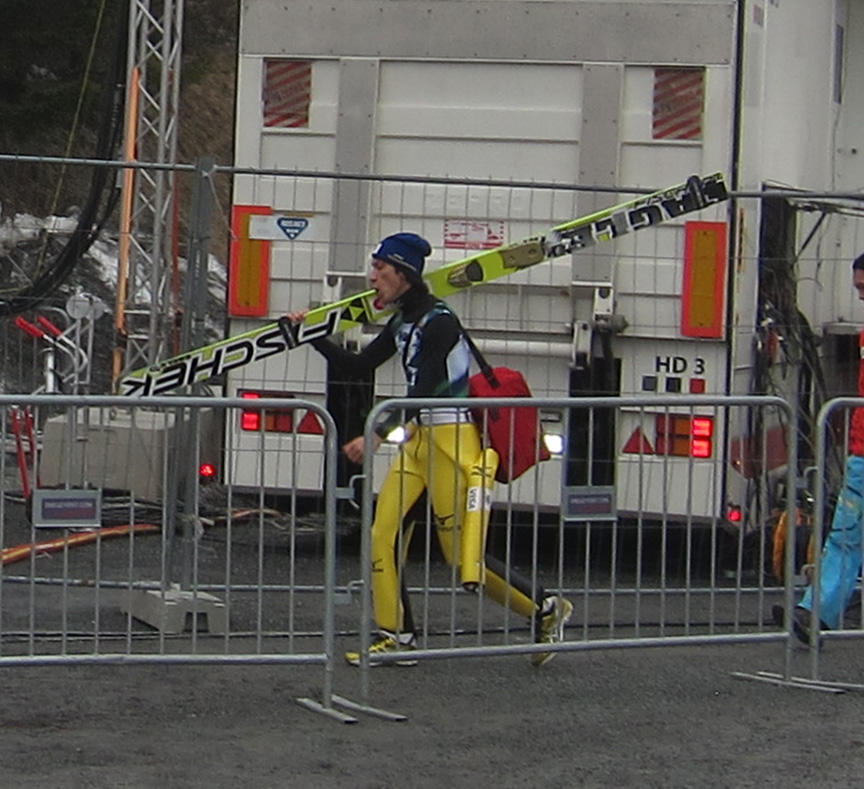 Noriaki Kasai; olympic silver medalist. Not pictured: Kamil Stoch and Peter Prevc.rn
Noriaki Kasai; olympic silver medalist. Not pictured: Kamil Stoch and Peter Prevc.rn